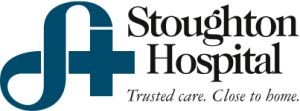Information copied from: The Journal of the Association for Vascular Access
Volume 20, #1. Spring 2015.
Mark J. Ault, MD
Ryoko Tanabe, MSN, FNP-C
Bradley T. Rosen, MD, MBA, FHM
Cedars-Sinai Health System, Los Angeles, CA
Peripheral Intravenous Access Using Ultrasound Guidance: Defining the Learning Curve
The Agency for Healthcare Research and Quality has declared the use of ultrasound a requisite adjust for patient safety during all central line placements due to the common problems with IV access in anatomically challenging patients. Peripheral IV access using ultrasound (PIVUS) has been studied and results have shown that there is no appreciable difference in ability or efficacy among emergency department physicians, physician assistants, registered nurses (RNs) or technicians. Despite these findings, training for PIVUS has, generally, not been of high demand. This is attributed to the learning curve for healthcare practitioners.
A training program was offered to selected RNs from Cedars-Sinai’s Procedure Center. The training, was made up of three phases- mentoring, simulated practice on nonhuman, tissue models, and finally application on live patients.
The results of the study show that RNs with no prior ultrasound experience can achieve proficiency and consistency with PIVUS as long as they receive the proper tools- dedicated training, supervision and a fixed curriculum.
For more information visit the Association for Vascular Access.







